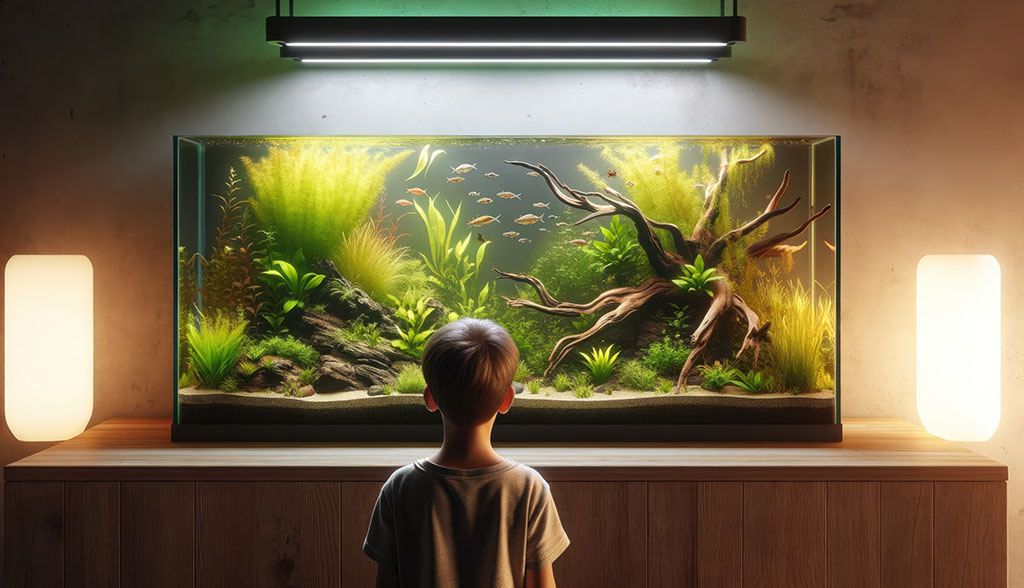
Setting up your first aquarium can be an exciting and rewarding experience, but it’s important to start on the right foot to ensure the health and happiness of your aquatic life. Whether you’re a beginner or looking to refresh your skills, this guide will take you through the five essential steps for setting up your first aquarium.
Step 1: Choose the Right Aquarium Size and Location
Before you dive into the details, choosing the right aquarium size is crucial. Larger tanks are generally easier to maintain, as they provide more stable water conditions. For beginners, a 20 to 30-gallon tank is a great starting point. It offers enough space for a variety of fish while being manageable for newcomers.
Location is key—you’ll want to place your tank in a low-traffic area that avoids direct sunlight. Too much sunlight can cause algae growth and affect water temperature, which is harmful to fish. Ensure the surface is sturdy enough to support the weight of the filled tank, and near a power outlet for equipment like filters and heaters.
Step 2: Set Up Your Filtration System and Heater
A quality filtration system is essential for maintaining clean water and removing harmful chemicals from the tank. Choose a filter that is suitable for your tank size, typically a filter that cycles the entire tank volume 4-6 times per hour.
Next, install a heater to maintain a stable water temperature. Most tropical fish require temperatures between 75°F and 80°F (24°C-27°C). Make sure to research the specific needs of the fish you plan to introduce and adjust the heater accordingly.
Step 3: Add Substrate, Plants, and Decorations
Adding substrate is more than just aesthetics—it helps support the aquarium ecosystem. Depending on your setup, choose a substrate that suits your needs, like gravel, sand, or plant-friendly soil.
Decorating your tank with live plants and aquarium-safe decorations not only enhances its beauty but also provides shelter for fish and contributes to better water quality. Opt for beginner-friendly plants like Anubias, Java Fern, or Amazon Sword, which are low-maintenance and help oxygenate the water.
Step 4: Cycle Your Tank Before Adding Fish
The Nitrogen Cycle is one of the most important steps to complete before adding fish to your aquarium. This process allows beneficial bacteria to establish in the tank, breaking down ammonia into less harmful substances like nitrite and nitrate.
Here’s how to cycle your tank:
- Set up the aquarium and run the filter and heater.
- Add a small amount of fish food or a bacterial supplement to kickstart the cycle.
- Test the water regularly using a water test kit to monitor ammonia, nitrite, and nitrate levels.
- Wait 4-6 weeks for the cycle to complete before adding fish. Once ammonia and nitrite levels are zero, your tank is ready.
Step 5: Introduce Fish Gradually
Once your tank is fully cycled, it’s time to introduce fish! However, avoid adding too many fish at once, as it can overwhelm the filtration system and cause a spike in ammonia levels. Start by adding just a few hardy fish like Tetras, Guppies, or Corydoras.
Be sure to acclimate your fish before placing them in the tank. Float the fish bag in the tank for 15-30 minutes to allow the water temperature to equalize, then gradually add small amounts of tank water into the bag to help your fish adjust to the new environment.
Conclusion
By following these five essential steps, you’ll be well on your way to creating a healthy, thriving aquarium. Remember, patience is key, and setting up your first tank properly will ensure a rewarding experience for both you and your fish. Happy fishkeeping!




